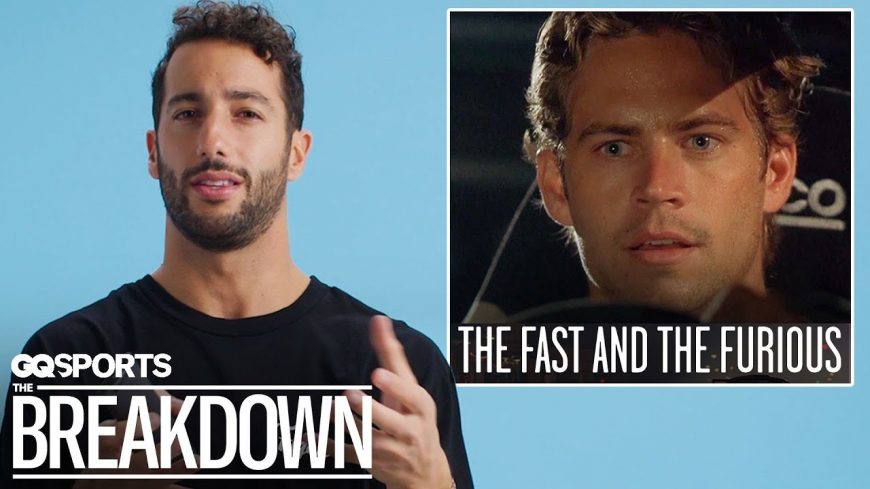F1 Driver Breaks Down Realism in Most Iconic Racing Movies

I’m pretty convinced that if any Hollywood film about racing was created as a mirror image of reality, audiences would probably fall asleep. Don’t get me wrong. When we’re in the seat of a racing machine or behind the wheel of an awesome street car, the feeling can be unreal. However, being able to take this feeling of freedom when you punch the throttle is something that’s difficult to convey to an audience who’s not a part of the action but instead just watching it.
Therefore, filmmakers take some creative liberties is in order to try and make their audiences really feel the sensations of what is being displayed on the screen. Sometimes, this might even mean drawing a little bit outside the lines of reality and getting creative to keep things entertaining. Let’s just say that some movies draw a little bit further outside the lines than others when it comes to such an idea.
This time, GQ Sports took the opportunity to catch up with F1 driver, Daniel Ricciardo, and asked him a little bit about some of the most popular racing movies to ever exist.
Ricciardo Took all movies like Days of Thunder, talking about the level of conversation happening between driver and spotter. He drove into the mechanics of Baby Driver and how realistic the film is. Of course, he also took time to dissect all sorts of things from The Fast and the Furious which is a movie that has become notorious for stretching the limits of reality with automotive stunt work.
Below, we dive into a true professional opinion about some of the most iconic automotive work to ever come out of Hollywood. So, just how realistic are the racing scenes in Talladega Nights: The Ballad of Ricky Bobby? It’s time to find out just that

